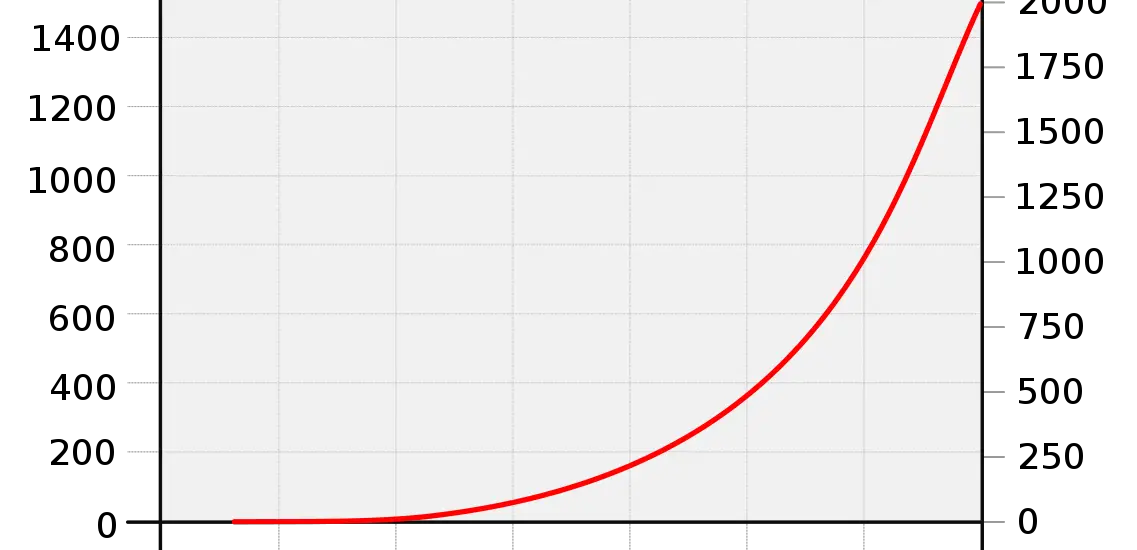Relationship between saturated vapor pressure and boiling – ever wondered what it’s all about? Don’t worry, you’re not alone! Simply put, saturated vapor pressure is the point at which a liquid turns into a gas, while boiling point is the temperature it takes to get there. This article will break down the science behind it and show you why it matters for everyday homeowners like you.

Table of Contents
Relationship between Saturated Vapor Pressure and Boiling Point
The Clausius-Clapeyron Equation
Remember high school chemistry? Don’t worry, we’ll keep it simple. The Clausius-Clapeyron Equation helps us understand the relationship between saturated vapor pressure and boiling point. It’s a bit like a secret code that unlocks the science behind your tea kettle’s whistle!
This equation connects the dots between temperature, pressure, and phase changes (like liquid to gas). With its help, you can see how boiling points change with pressure or altitude. Pretty cool, right?
Factors Affecting Saturated Vapor Pressure and Boiling Point
There are a few key players in this game of boiling points and vapor pressures. The main factors are temperature, molecular size and structure, intermolecular forces, atmospheric pressure, and the presence of solutes or impurities. But how do these factors affect your daily life?
For example, boiling pasta at high altitudes can be tricky. Why? Because lower atmospheric pressure means water boils at a lower temperature. So, cooking times need to be adjusted!
Boiling Point Elevation and Freezing Point Depression
Ever wondered why we add salt to boiling water when cooking pasta? The answer lies in boiling point elevation! Adding salt (or any other solute) raises the boiling point of water, making it cook faster. Neat, huh?
On the flip side, freezing point depression is when solutes lower the freezing point of a liquid. That’s why we use salt on icy roads – it melts the ice by lowering its freezing point!
Comparing Saturated Vapor Pressure of Different Substances
Not all liquids are created equal. Some have higher boiling points and vapor pressures than others, thanks to differences in molecular structure and intermolecular forces. Why does this matter to you? Well, these differences affect the efficiency of everyday appliances like your air conditioner or refrigerator!
Experimental Determination of the Relationship between Saturated Vapor Pressure and Boiling Point
Static Method
Curious about how scientists measure the relationship between saturated vapor pressure and boiling point? One way is the static method. It involves carefully measuring temperature and pressure in a closed container. Sure, it may not be something you’ll try at home, but it’s an important tool for researchers!
Dynamic Method
Another way to measure this relationship is the dynamic method. It’s a bit more complicated, but it involves continuously changing the pressure or temperature and measuring the changes. It’s like a high-speed chase for scientific data!
Isoteniscope Method
Finally, there’s the isoteniscope method. This technique measures vapor pressure by observing the pressure at which a liquid starts boiling. It’s like watching a pot of water come to a rolling boil, but with precise measurements and fancy equipment!
For detailed articles on vapor refrigeration, click here.
Practical Applications of the Relationship between Saturated Vapor Pressure and Boiling Point
Distillation
Ever wonder how your favorite perfume or essential oil is made? Distillation is the answer! This process uses the relationship between saturated vapor pressure and boiling point to separate and purify different substances. So, next time you enjoy that lovely scent, you’ll know there’s some fascinating science behind it!
Refrigeration and Air Conditioning
When it’s sweltering hot outside, you can thank the relationship between saturated vapor pressure and boiling point for keeping you cool indoors. Refrigeration and air conditioning systems rely on this principle to remove heat from your home. The choice of refrigerants and their properties play a big role in how energy-efficient and environmentally friendly your cooling system is!
Vacuum Technologies
The relationship between saturated vapor pressure and boiling point isn’t just for keeping you cool – it’s also vital for vacuum technologies! Applications in research, manufacturing, and electronics industries all depend on understanding this fundamental principle. So, next time you’re marveling at the latest tech gadget, remember there’s some boiling point science involved!
Conclusion
So there you have it, the relationship between saturated vapor pressure and boiling point is all around us! From cooking pasta to enjoying a cool breeze on a hot day, understanding this connection can help us appreciate the science behind our everyday lives. Who knows what new developments and applications await us in the future? One thing’s for sure – it’s bound to be an exciting ride!